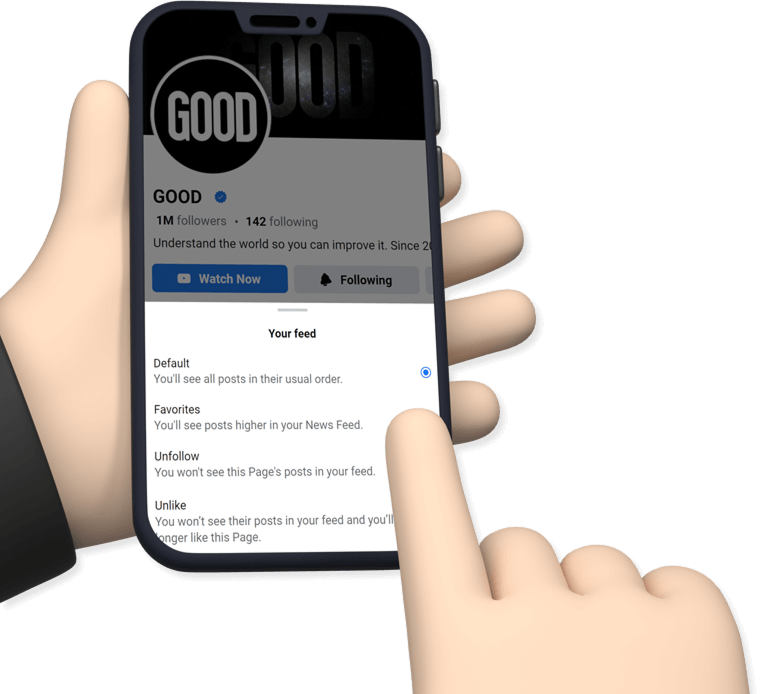Photographs by Benjamin Innes, culled from his "Separations" and "Tapes" series.
Picture Show: Separations, Tapes, and Other Exploded Photography
By Patrick James,
Patrick James
Benjamin Innes
Facebook is critical to our success and we could use your help. It will only take a few clicks on your device. But it would mean the world to us.

Here’s the link . Once there, hit the Follow button. Hit the Follow button again and choose Favorites. That’s it!
Photographs by Benjamin Innes, culled from his "Separations" and "Tapes" series.


